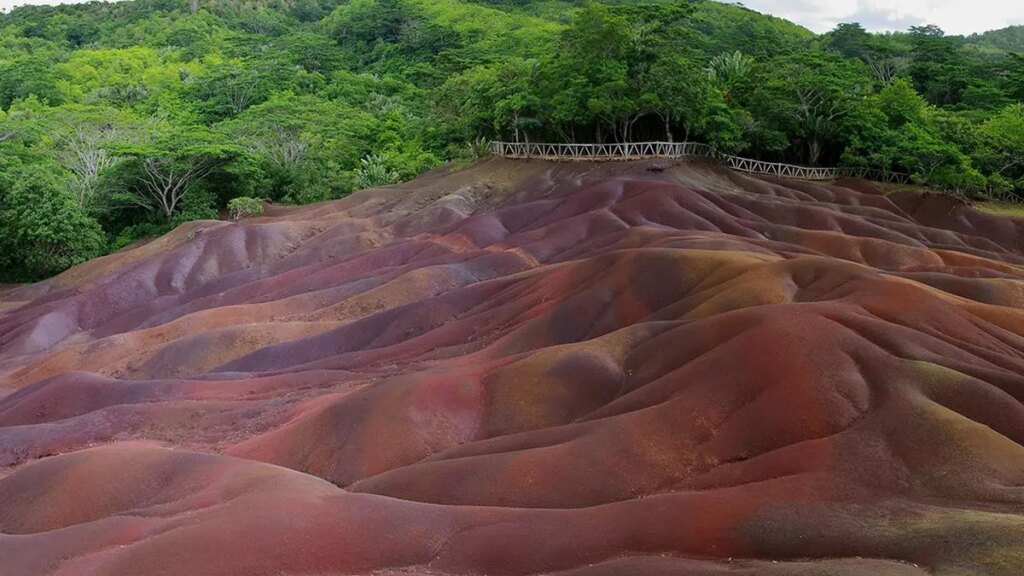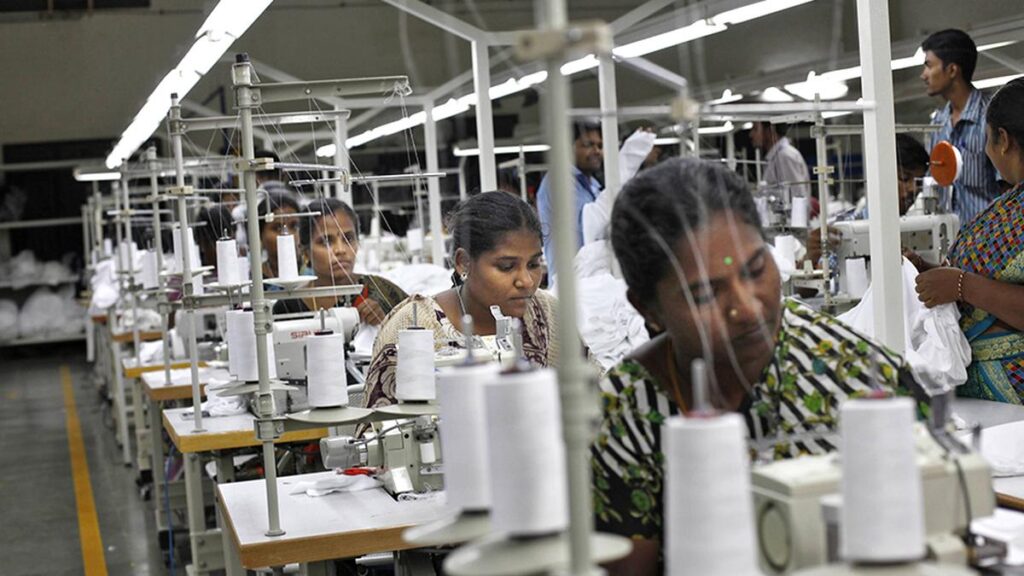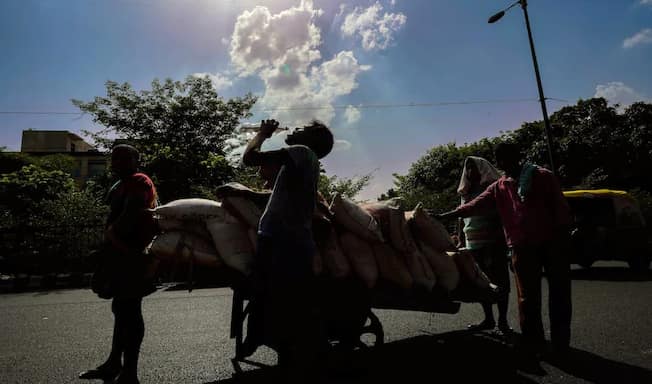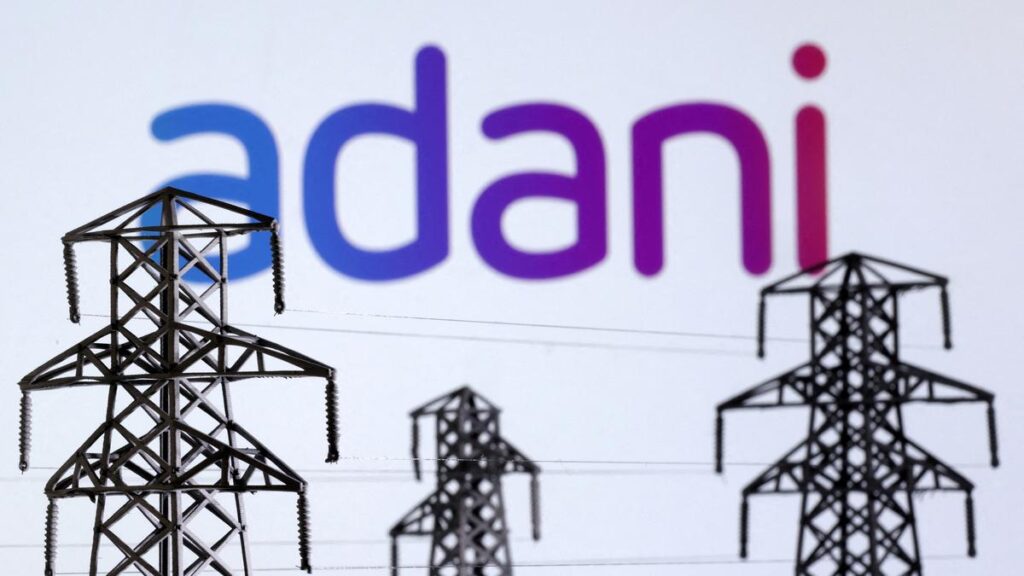
The development assumes importance as a permanent facility for CCS will broaden avenues
| Photo Credit:
Aathira Haridas _11730@Chennai
Oil Ministry is eyeing Basalt rock formations on India’s west coast—spread over Maharashtra, Gujarat and Goa—to establish permanent sites for capturing and storing carbon dioxide (CO2), a step that can accelerate India’s decarbonisation journey.
The Minister of Petroleum & Natural Gas Hardeep Singh Puri last week met Kristinn Ingi Lárusson, the Chief Commercial Officer of CarbFix, Iceland-based carbon capture firm recognised for its patented technology to permanently store CO₂ in rock formations.
“The company is internationally recognised for its innovative, science-based approach to climate mitigation and now offers its technology for industrial CCS (Carbon Capture & Storage) applications globally, including in collaboration with Climeworks on the ORCA direct air capture facility,” Puri said on X.
India has large basaltic rock formations on the west coast where CO2 and water can be injected by industrial units for a permanent CCS in a cost effective manner, he emphasised.
The development assumes importance as a permanent facility for CCS will broaden avenues to decarbonise grey hydrogen. Grey hydrogen can be converted into blue hydrogen via CCS during the steam methane reforming (SMR) process.
Blue hydrogen — non-polluting or decarbonised hydrogen — is cheaper to produce compared to green hydrogen.
A senior official said “Blue hydrogen can be a game changer if CCS becomes economically viable. This will help decarbonise refineries, steel, etc, till the time green hydrogen and fuel cells can be made market ready.”
Viable approach
In an interaction with businessline in March, Atanu Mukherjee, CEO of Dastur Energy, had emphasised that industries account for nearly 30–35 per cent of India’s total carbon emissions, which underscores criticality of CCUS as a central component of India’s decarbonization strategy.
Recognising this early, Dastur Energy collaborated with NITI Aayog in 2021 to develop India’s first CCUS policy framework, which has since laid the foundation for a broader national CCUS mission.
Preliminary assessments suggest India has an estimated 600 Gt (billion tonnes) of geological CO₂ storage potential, found across depleted oil and gas fields, deep saline aquifers, and unmineable coal seams, he had pointed out.
Saline aquifers account for the largest share of this potential and merit more focused exploration given their scale, cost-effectiveness, and long-term reliability. For instance, around 300 Gt of viable storage would allow India to sequester CO₂ for over a century at current and projected emission levels
Despite this promise, detailed site-level mapping remains the most significant challenge.
He recommended that the next step should be a national initiative to systematically map, validate, and classify CO₂ storage sites based on geological feasibility, injection potential, and proximity to key industrial hubs.
Mukherjee has also highlighted the need for scientific scrutiny in geo-sequestration through in-situ mineralization, including validation of rock composition, water requirements, energy demands, and potential seismic risks.
Permanent storage
Niti Aayog in a November 2022 report said that CCUS (Carbon Capture Utilisation & Storage) offers the only known technology for decarbonising hard-to-abate and CO2-intensive sectors such as steel, cement, oil & gas, petrochemicals & chemicals, and fertilizers.
Carbfix’s technology is used at the Hellisheidi geothermal power plant in Iceland. Geothermal plants release CO₂ from the steam they use to produce electricity.
At Hellisheidi, this CO2 is dissolved in water in a scrubbing tower and then injected into the ground through an injection well over 2,000 meters deep. The basalt at this depth contains metals needed to turn CO₂ into stone, the company’s website said.
The firm’s technology transforms CO₂ into rock in less than two years. It accelerates natural processes that mineralise CO2 and safely stores it in subsurface basalt formations.
According to the July 2020 Journal of the Geological Society of India, the Deccan Volcanic Province (DVP), which covers an area of around 0.5 million sq km, is one of the largest continental flood basalt provinces in the world.
DVP, or the Deccan Trap, covers a major portion of the western peninsular India in Maharashtra, Goa and Gujarat. It also is found to some extent in Madhya Pradesh and Rajasthan (south).
Published on July 14, 2025





